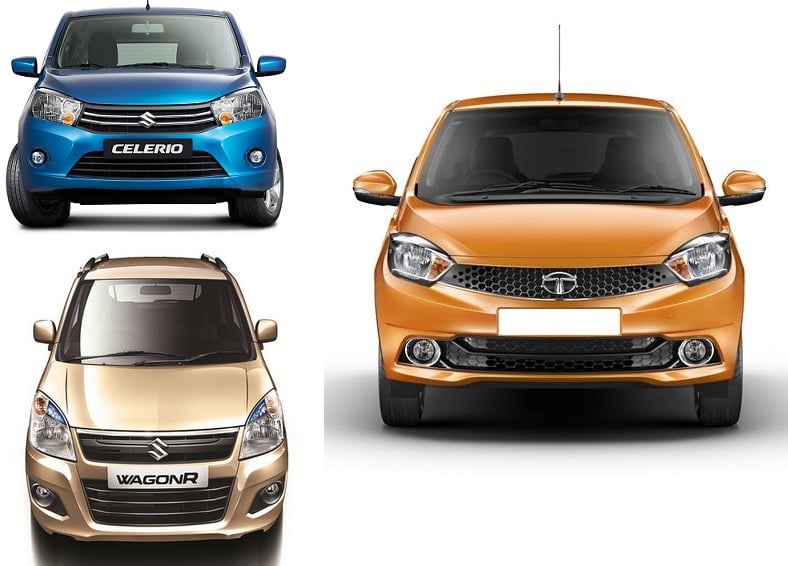Tata Motors is one of the biggest automotive players in the Indian market. Now, it is giving a tough competition to the Maruti Suzuki. Read more to find Tata Vs Maruti – Who Makes More Money Per Car? Currently, one out of every two cars in India sports the Suzuki badge. However, Maruti is not making the most of the sales of its vehicles anymore.

For the first time in a decade, Tata Motors has become a bigger player than Maruti in the automotive market. It now makes more per vehicle than the Maruti. In the September quarter, the operating profit of the Tata Motors PV business is equivalent to 45% of Maruti Suzuki. However, the volumes sold are 22% of Maruti’s volumes. During this period, the volumes at Tata Motors grew 53% to 84,000 units. Whereas Maruti’s volumes contracted 1.2%. Shortage of parts has affected Maruti’s output by over 116,000 units.
According to data compiled by ETIG, the operating profit per car for Tata Motors rose to Rs 45,810 in the second quarter which is almost double that of Maruti. Maruti Suzuki has been a market leader for a long time now. However, in the second quarter of FY22, operating margins at Maruti have fallen to a multi-quarter low of 50 basis points to 4.2%. On the other hand, the Tata Motors PV division rose to 5.2% in the same quarter which amounts to a gain of 110 basis points.
Tata has been posting positive EBITDA margins for the last five quarters in a row. Its performance can be attributed to strong demand momentum, agile production, and supply chain management. Additionally, Tata Motors has improved its R&D efforts. This has allows the company to quickly bring re-engineered products and ensure better supplies. Both Tata Motors and Maruti Suzuki have been following different growth patterns. Currently, Tata Motors is at an all-time high, thanks to volumes expansion and capacity utilization.

In the last quarter, the wholesale volumes at Tata Motors have reached the highest in 33 quarters. Compared with 8.2% in FY21, it market share has increased to 11.3% in September 2021. Additionally, Tata Motors has a higher share of SUVs in its product mix. This has helped in its realization at ₹8.8 lakh per vehicle. On the other hand, Maruti has been slumming in terms of operational performance, mainly due to the lack of availability of parts. Also, its vehicle range is mostly mass market-focused, leading to an average realization at ₹5 lakh. However, the company is likely to build back with the rollout of new products and improved chipsets. We will have to wait and follow up in the coming quarter.

